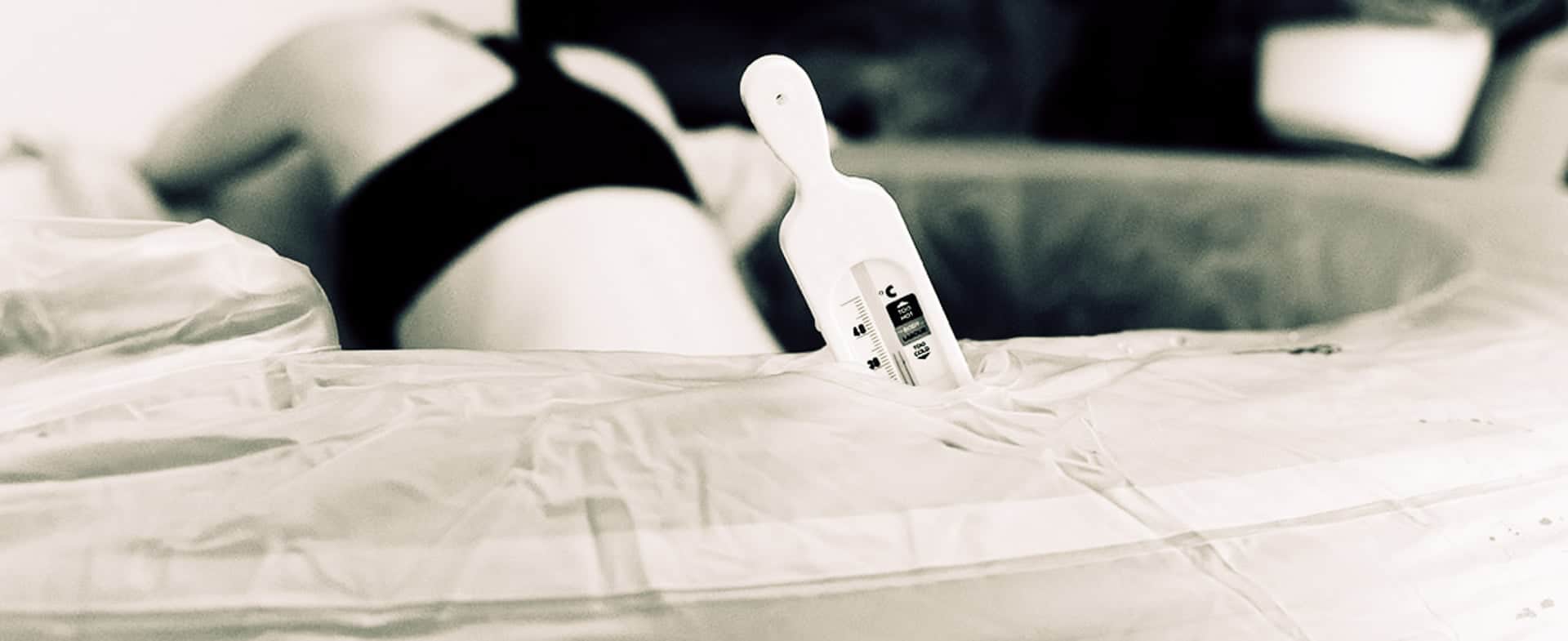
“For women, we found that waterbirth was associated with reduced risk of both immediate postpartum transfer of care to a hospital and any maternal hospitalization in the first 6 weeks.”
“Neonates born underwater (waterbirths) fared better than their non-waterbirth counterparts on all neonatal outcome measures.”
We guarantee that when you rent or buy a birth pool with us, you will receive a hygienic birth pool.
When you rent or buy a birth pool with us, you can rest assured that you have a completely hygienic pool, along with new and unused disposables. Everything we do is done according to the highest safety standards. We never re-use any disposables. This reduces the chances of infection. We base our safety and hygiene protocols on trustworthy research from, for example, England, the USA, and Australia. In these countries, water births have taken place for decades and are guided by stringent safety measures, dictated by law. Below, we have summarized the most important and trustworthy safety measures on water births.
Water births are not associated with increased risks for the mother and baby, provided that particular safety standards are followed. Below, you will find the most important measures to be followed for a safe and hygienic water birth
Re-use of the disposables (water hose, liner, water pump etc.) that have been in contact with contaminated water will increase the chances of infection. Therefore, make sure to always use new and unused disposables.
Source: Cochrane Review: Immersion In Water In Labour And Birth, Elizabeth R Cluett, Ethel Burns, Published Online: 15 APR 2009. Assessed As Up-To-Date: 23 AUG 2011
Never re-use the water hose. Not even when it was merely used with clean water. A reused hose introduces the possibility of legionella bacteria on the inside of the hose.
Source: Edelimmersys.com & Texas Midwifery Board - Waterbirth Guidelines (PDF)
Make sure to fill your birth pool with clean water. In the Netherlands and other countries, the water quality is of a safe standard, but this will vary from country to country. Never leave the water in the birth pool for longer than 24 hours.
Source: Cochrane Review: Immersion In Water In Labour And Birth, Elizabeth R Cluett, Ethel Burns, Published Online: 15 APR 2009. Assessed As Up-To-Date: 23 AUG 2011
The use of baths or pools that use heating elements is strongly discouraged because of the possible growth of legionella bacteria in these baths/pools. The British government has adopted this in its recommendations regarding water births. Research on the risks for infections in these baths/pools was done by the CDC Arizona.
Source: UK Government & CDC Arizona